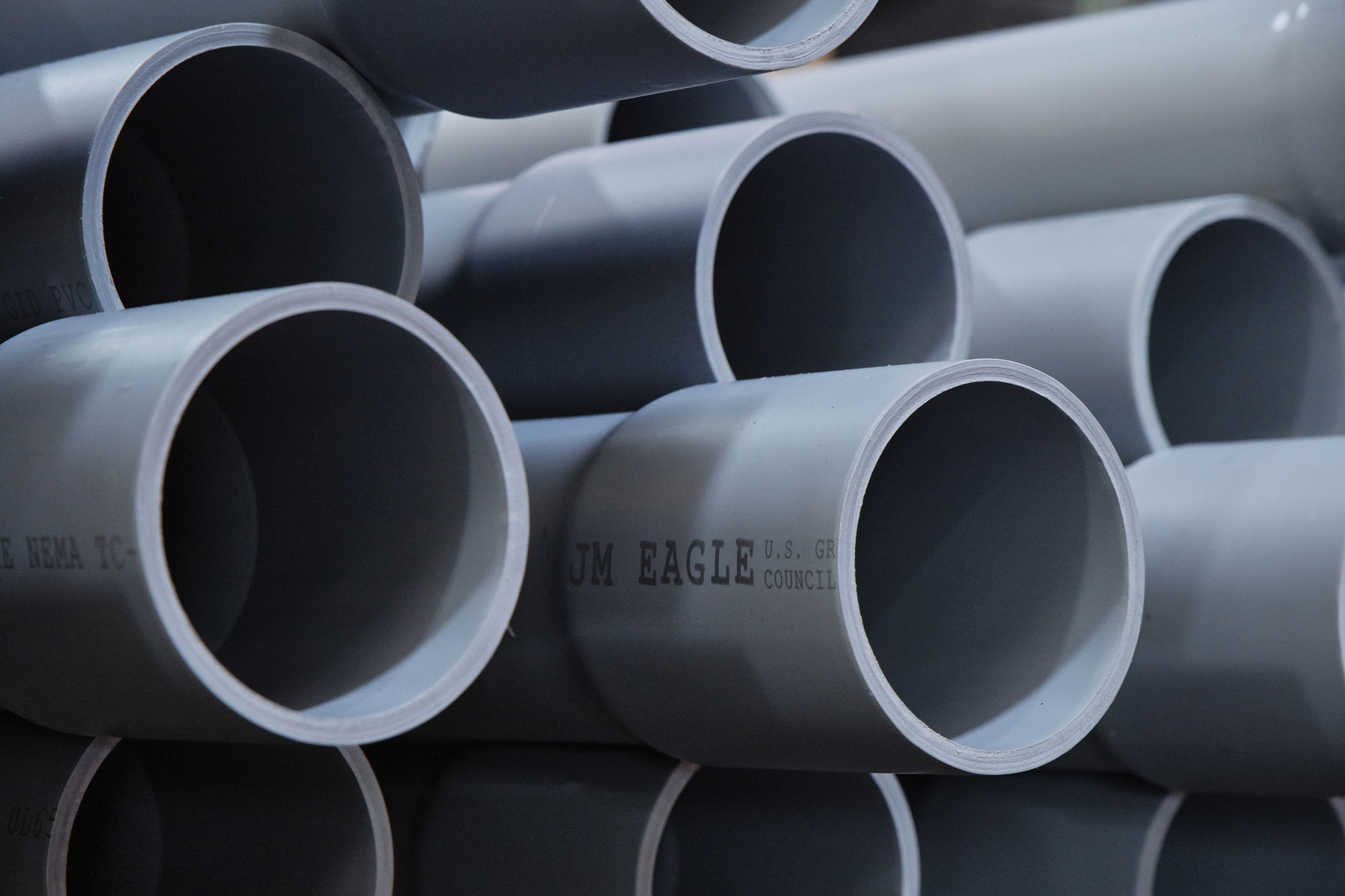
Your Tap Water Is More Toxic Than You Think
At a Glance
- A new study proves that while adding chlorine to water has kept water clearer of diseases such as cholera and typhoid fever, it can leave behind toxic byproducts.
- These byproducts may have the potential to harm an individual’s long term health.
- At this point we don't even know all the byproducts left in the water from the current treatment methods.
Your tap water might be worse than you think. When used to treat drinking water, chlorine, the most common treatment in U.S. tap water, contains more toxic and carcinogenic byproducts that were previously unknown, according to a new study published in the peer-reviewed journal Environmental Sciences & Technology.
The study argues that while adding chlorine to water has kept water clearer of waterborne diseases such as cholera and typhoid fever, it can cause toxic byproducts. “Chlorine reacts with organic and inorganic water constituents to produce a variety of disinfection byproducts that pose potential health risks,” the study says. These byproducts may have the potential to harm an individual’s long term health.
Chlorine is typically used to treat harmful microorganisms known as pathogens that can cause disease. The method of chlorinating water was first used over a century ago and continues to be used. Chlorination in the U.S. began in 1908, according to the Safe Drinking Water Foundation.
Read more here: https://bit.ly/2uARP6v
